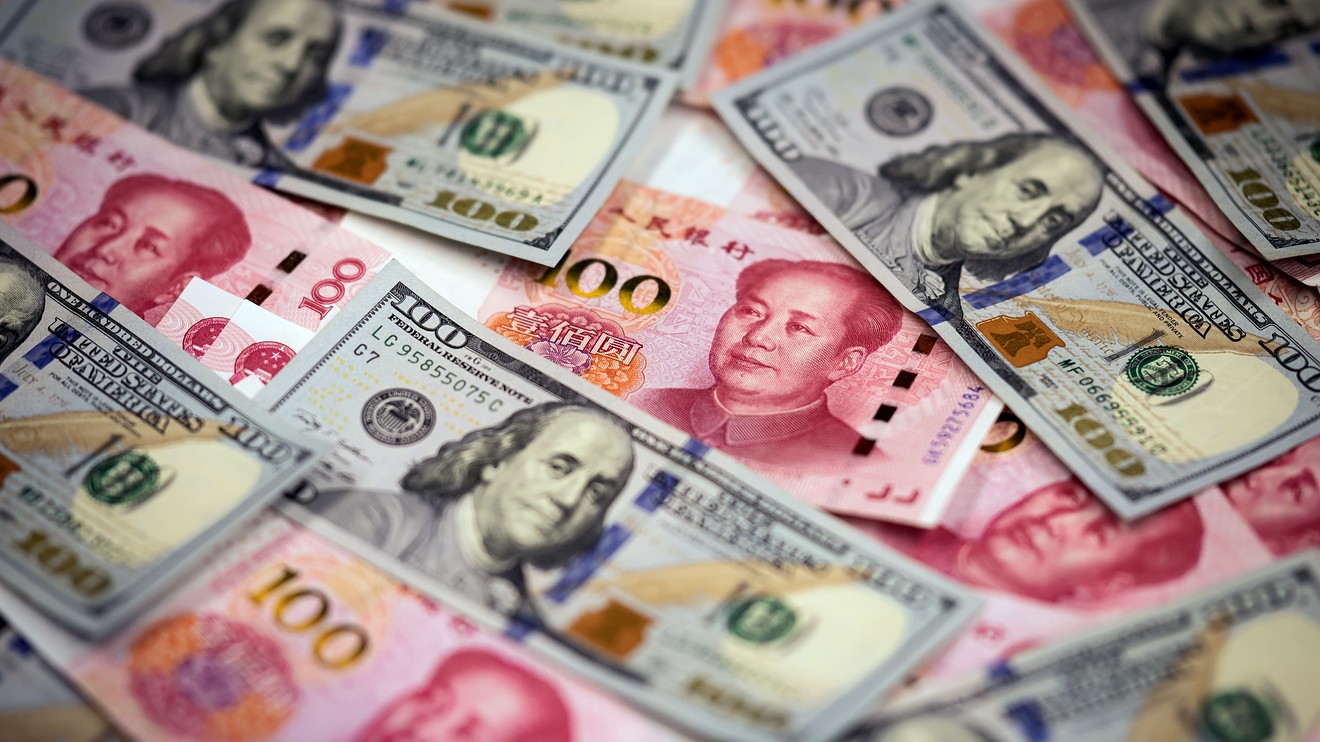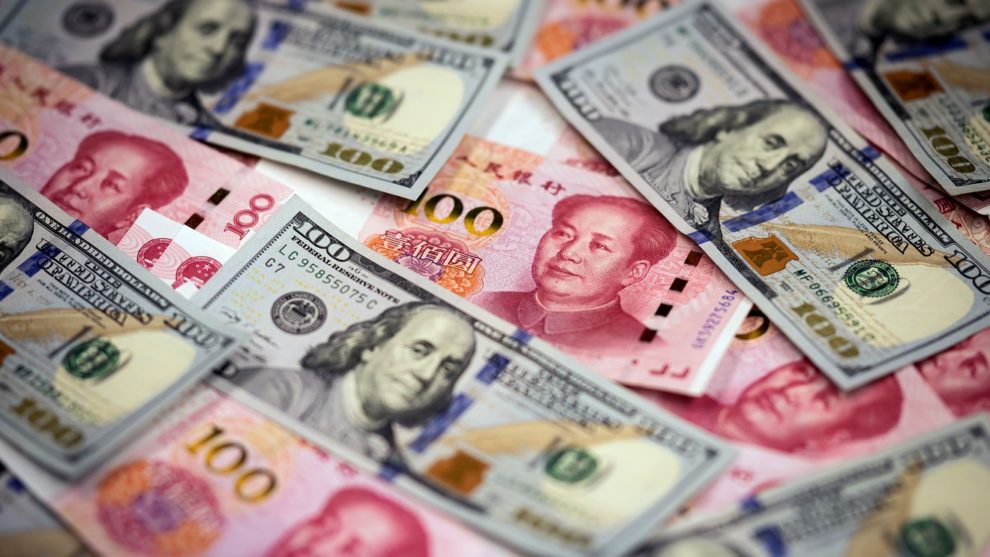
Growing worries over the spread of the coronavirus in China and its potential economic impact is weighing on the country’s currency, pushing the yuan back through a level once described as a “line in the sand” at 7-per-dollar in offshore trading on Thursday.
Investors may recall last August, when the yuan breached 7-per-dollar for the first time since 2006, that move was seen intensifying the U.S.-China trade war and briefly rattled global equity markets.
This time around, the yuan’s weakness is noteworthy but not exactly panic-inducing.
Mainland markets in China have been closed since the start of Lunar New Year celebrations in Jan. 23. In offshore trading, the yuan has declined, recently trading at 7 to the dollar, according to FactSet data, after earlier breaching the level in overnight trade.
The 7-to-the-dollar level was never identified as crucial by Chinese authorities, though it had acquired symbolic status in the minds of traders and U.S. officials. But its importance has diminished for a few reasons, said Ian Lyngen, head of U.S. rates strategy at BMO Capital Markets, in a note.
“One, the second break was always going to be less consequential than the first. Two, the yuan is still nearly 3% stronger against the dollar since September. And three, the pace of the move pales in comparison to early August,” he wrote.
But it’s still worth watching, Lyngen said, because where the yuan goes from here will be important in terms of global financial conditions and Treasury yields.
With the viral outbreak seen denting Chinese economic activity, it’s not unreasonable to expect Beijing to take steps toward a significant — and likely multifaceted — liquidity and stimulus package in the next few weeks, he said. The subsequent effect on the exchange rate, and U.S. import prices, commodities and overall investor appetite for risk could be a significant market theme for the rest of the first half of 2020.
Meanwhile, economists are attempting to gauge the potential economic toll of the outbreak.
See: Coronavirus may hit China economy harder than SARS, warns Nomura
The U.S. dollar has enjoyed some haven-related support as concerns have mounted. Global equities saw renewed pressure on Thursday as the number of infections in China — and the nation’s death toll — continued to rise. The number of cases reported outside China have also increased, with U.S. authorities reporting the first case of person-to-person transmission domestically.
Coronavirus update: First U.S. case of person-to-person transmission confirmed
The Dow Jones Industrial Average DJIA, -0.34% was off around 150 points in early afternoon trade, a decline of 0.5%. The S&P 500 SPX, -0.43% was off 0.6%, with both indexes on track for weekly declines of more than 1%.
Meanwhile, investors continued to bid up asset perceived as havens. That flight to safety has pushed up Treasury prices and pulled down yields, which move in the opposite direction, with the rate on the benchmark 10-year Treasury note TMUBMUSD10Y, -2.44% falling more than 5 basis points to a more-than-three-month low below 1.54%. Bond prices rise as yields fall.
In the foreign exchange market, the Japanese yen and the Swiss franc, the pre-eminent haven currencies, have rallied. The U.S. dollar is down 0.6% versus the yen USDJPY, -0.32% so far this week, trading near ¥108.65. The dollar is off 0.3% versus the Swiss currency USDCHF, -0.4624%
div > iframe { width: 100% !important; min-width: 300px; max-width: 800px; } ]]>











Add Comment